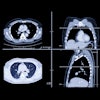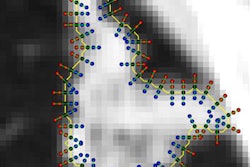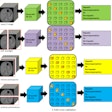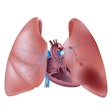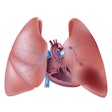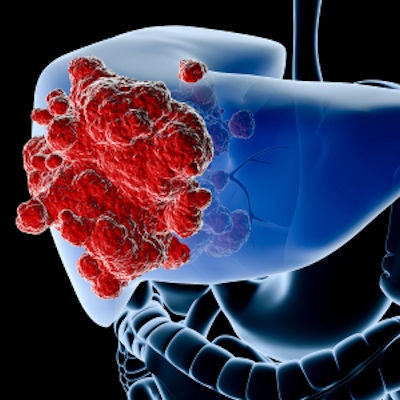
Researchers from China have developed a radiomics model that can determine the malignancy of lymph node metastases in patients with bile duct cancer by analyzing features on CT scans, according to an article recently published online in Radiology. They believe the model can predict the survival rate of patients.
With the incidence of bile duct cancer on the rise in recent years, clinicians have been exploring ways to improve care for people with the disease. Currently, tumor resection is the only way to eliminate the cancer, but the operation has been plagued by a low survival rate, noted senior author Dr. Xue-Hao Wang and colleagues from the First Affiliated Hospital of Nanjing Medical University.
Prior research has indicated that the presence of metastases within lymph nodes around the liver can help predict the prognosis of bile duct cancer and, thus, help determine which patients might actually benefit from surgical treatment, the authors wrote. However, identifying malignant lymph nodes through traditional biopsy is invasive and continues to prove challenging.
Looking for a less invasive and more precise way to differentiate lymph node metastases, Wang and colleagues put together a radiomics model capable of quantifying radiologic features on CT scans to evaluate the metastases (Radiology, October 16, 2018).
For the model, the group first used open-source imaging software (ITK-SNAP) to segment all visible tumors on the CT scans. Then they used automated proprietary software (Python) to extract from the CT scans 93 radiomic features that took into account tumor characteristics such as shape and texture. They applied this model to the imaging data of 247 patients who underwent contrast-enhanced CT exams and subsequent surgery for bile duct cancer between June 2010 and February 2018.
Overall, they found that their radiomics model more accurately identified malignant lymph node metastases than either the standard method of staging lymph nodes on CT or a separate clinical prediction model based on tumor size and lymph node presence. The net benefit of the radiomics model was more than 10% greater than that of the other two methods in predicting lymph node metastasis.
| Methods for predicting lymph node metastasis from bile duct cancer | |||
| Lymph node staging on CT | Clinical prediction model | Radiomics model | |
| Area under the curve | 0.63 | 0.73 | 0.8 |
The results indicated that the original clinicians, who had examined the CT scans without relying on radiomics, had misclassified a large proportion of the patients' lymph node metastases, the authors wrote.
Furthermore, the radiomics model was able to estimate patients' risk of cancer recurrence after surgery with a diagnostic accuracy of 74%. And positive outcome predictions made by the model were strongly associated with disease-specific survival and recurrence-free survival (p < 0.001).
"Radiomics approaches seem to have a bright future, especially if collaborative multidisciplinary teams are involved," wrote Dr. Andrea Laghi from the University of Rome Sapienza and Cecilia Voena, PhD, from the National Institute for Nuclear Physics in Rome in an accompanying editorial.
